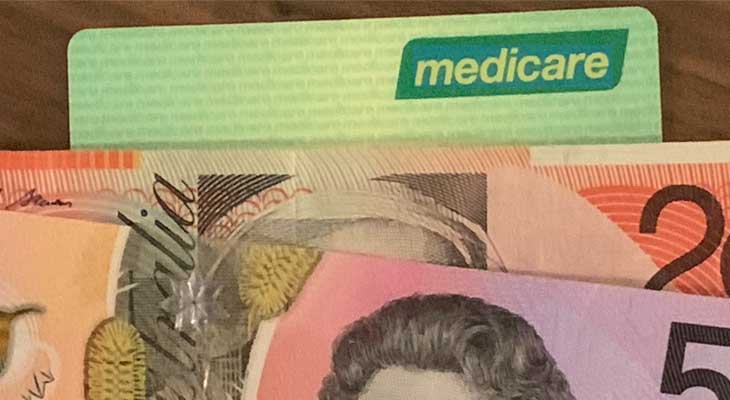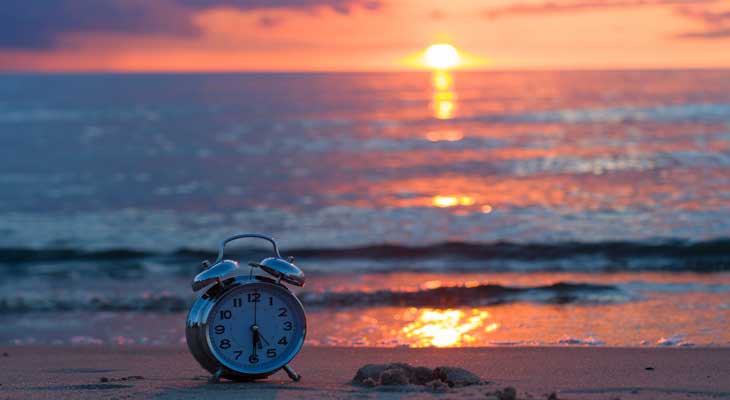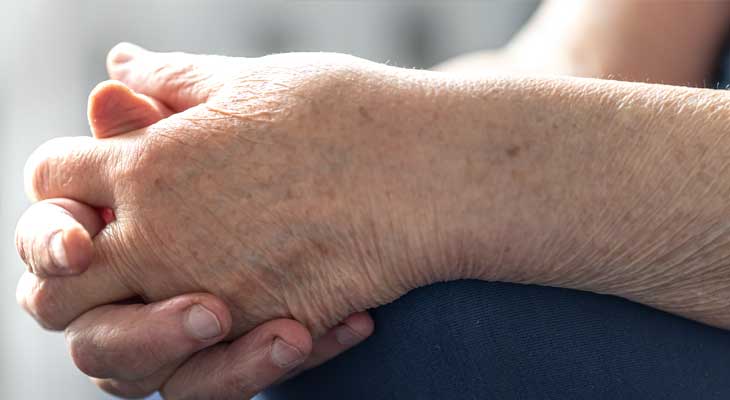INFORMATION SHEET: DAYLIGHT PHOTODYNAMIC THERAPY (PDT)
What is PDT & how does it work?
Photodynamic Therapy (PDT) is a treatment for Actinic Keratoses (precancerous lesions also known as Solar Keratoses). PDT uses Aminolevulinic Acid (5ALA) or Methyl Levulinic Acid (Metvix). The medication is a photo sensitiser (medication activated by specific wavelengths of light) and is absorbed into abnormal cells and converted into a chemical that makes those cells very sensitive to light. When these cells are then exposed to light they are destroyed.
Approximately 70-80% of Actinic Keratoses clear with one treatment of PDT. A small number of people will need more than one treatment.
Treatment Regime:
1-2 weeks prior to treatment
Phone appointment with Nurse to finalise treatment plans
Day of treatment
Do not apply any creams/lotions or make up in the morning
Appointment with Nurse & Doctor to have treatment applied
Within 30 minutes of treatment
2-3 hours in the sun (Doctor will determine exact time for you)
48 hours after Sun Exposure
Stay indoors with no exposure to sunlight (including staying away from windows) - you should plan to not leave home during this time.
Day 3-7
Skin irritation at it’s worst
Very limited sun exposure strongly recommended (sunscreen, broad brimmed hat, minimal time outdoors)
If you have a public facing job or a job outdoors you may require time off
Day 7
In-person review with Nurse
Day 8-14
Healing phase - most people have fully healed by Day 14
Sun exposure should be minimised during this time and sunscreen & a broad brimmed hat are required when outdoors
What to Expect at your appointment:
The treatment includes the nurse preparing the skin for the treatment. Then the Doctor will scrape away any scaly areas of skin prior to the treatment being applied. The treatment is a liquid (5ALA) or cream (Metvix) and is very quick to apply. Your appointment will last approximately 30 minutes.
Skin Care After Treatment:
You should expect the area to be irritated with redness, peeling and sometimes crusting. It will look & feel like you’ve got a bad sunburn. The irritation will usually be at it’s worst from days 3 - 7. It should heal naturally by approximately Day 14. If you experience bleeding, pus or a Cold Sore please contact the clinic on 9725-3003 for advice.
Do not attempt to remove peeling skin or scratch the treated area. Let it heal naturally. Moisturisers or After Sun Gel can be used and pain can be managed with Paracetamol or oral Anti-Inflammatories such as Ibuprofen. Ice packs can also be used and will be helpful to reduce swelling if it occurs.
Bathe as per usual but avoid rubbing or scrubbing of the treated area. Ideally use soap free cleansers on the face to minimise further irritation.
Questions?
Please call us on 9725-3003 if you have any questions

Prinatable Info Sheet (PDF)





